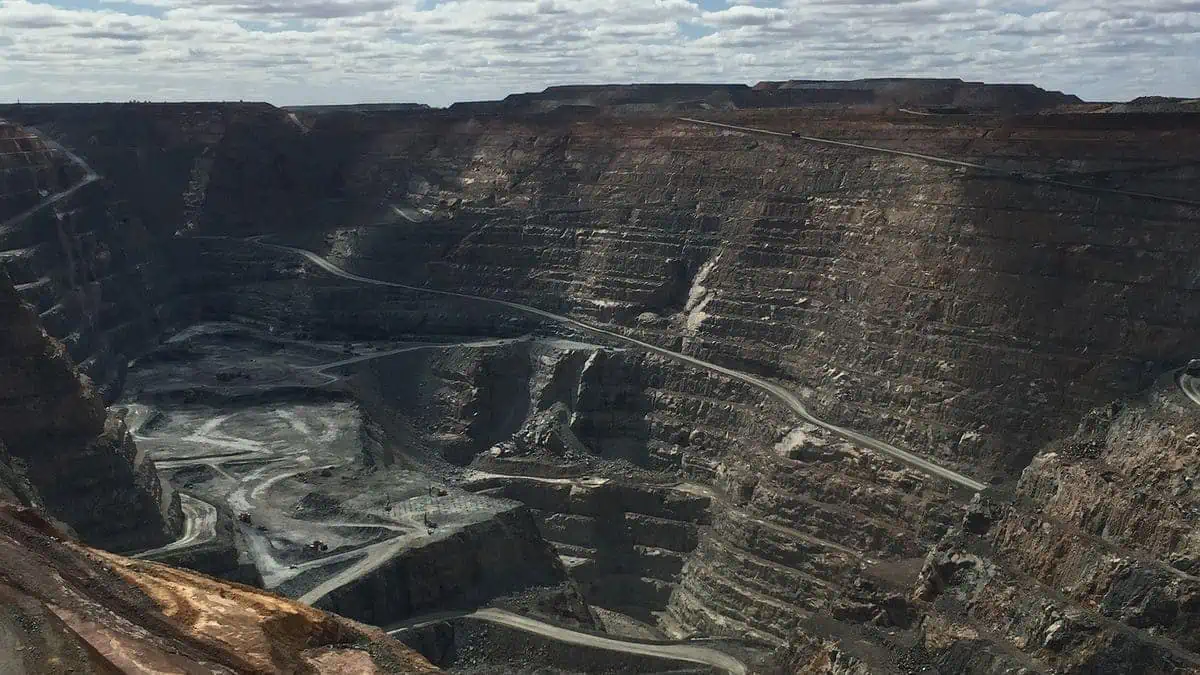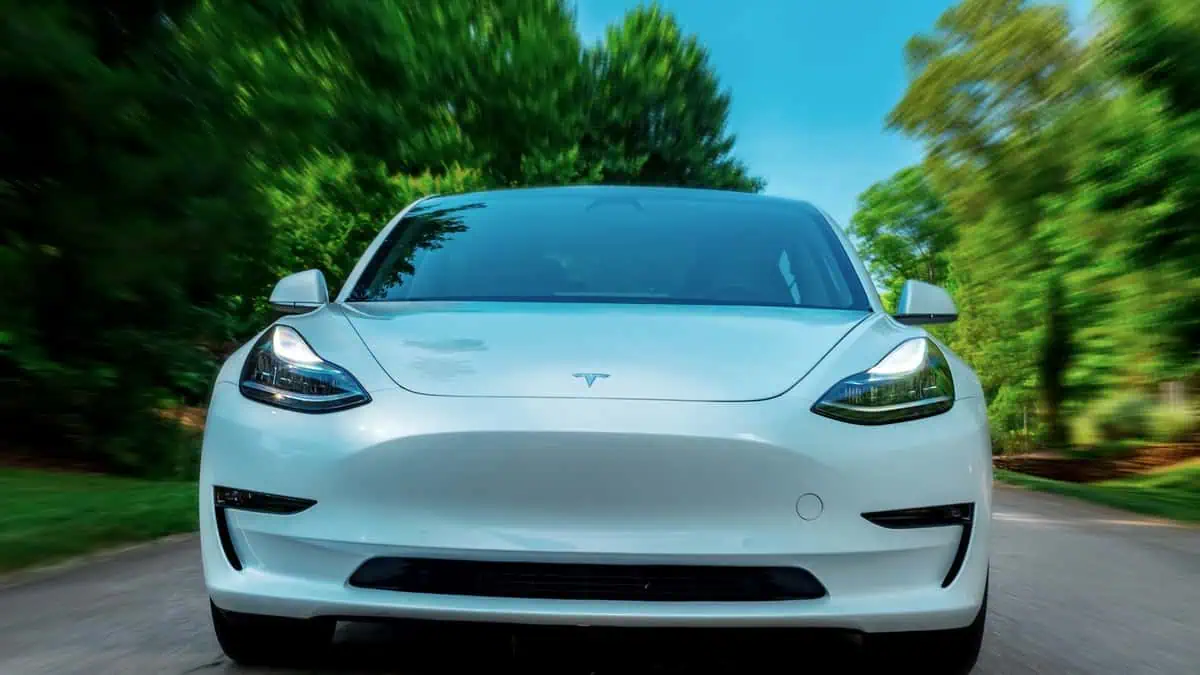Industry observers said it’s time for EV makers to go beyond lithium off-take agreements and get more into mining and processing, as per S&P Global.
The latest price increases for specific metals presented their vulnerability to supply chain disturbances. It threatened to enhance prices of clean energy technologies and slow their deployment, said the International Energy Agency (IEA) in its World Energy Outlook 2022.
“With rapid demand growth, [electric vehicle] makers are likely to strengthen their efforts to secure stable supplies through various ways, including not just long-term off-take agreements, but also equity investments, joint ventures and direct investments in mines and processing facilities,” told IEA Energy Analyst Tae-Yoon Kim to S&P Global Commodity Insights.
The challenge is especially critical for lithium. Rising lithium costs reached larger record highs, proving resilient against economic negativity and China’s COVID-19 lockdowns that have tempered other battery metals’ costs.
While the IEA sees less lithium will be needed for the world to be carbon neutral by 2050 than thought in the previous year, it also suggested EV makers may need to invest in miners neglected by several jurisdictions that prioritized battery cell production over building out raw material supply.
“It’s the car companies that need the lithium, but it’s the car companies that are not writing the checks for that to happen,” told Canaccord Genuity head of mining research Reg Spencer to Commodity Insights, referring to the investments needed to get mines up and moving.
“I see a not-too-distant future where you will start to see upward integration by the original equipment manufacturers [or OEMs]. You’ve seen them already start to move up into the midstream by planning to make their own batteries as Tesla Inc. does, but to make not only cathode materials but the metals feedstocks.”
New mines are needed quickly
Battery cell-makers are “well-placed” to respond to increasing yearly battery demand through 2030 thanks to early battery plant capacity strategic investments, according to the IEA’s net-zero emissions model.
However, the Paris-based agency warned that the supply of battery metals would need to advance well before new plant capacity could come online.
“While battery production factories can be built in under two years, raw material extraction requires investment long before production reaches scale. Investments in new mines will need to increase quickly and significantly if supply is to keep up with the rapid pace of demand growth,” warned the IEA.
Though there are 320 battery facilities currently in different stages of production, the industry “neglected to finance and develop future raw material supply” when it was making battery production capacity, said Argentina-focused lithium developer Lake Resources NL Executive Chairman Stuart Crow.
“That is the reason we now have a supply deficit,” which will remain for at least the next five to 10 years and continue to drive up prices.”
The lack of large-scale investments and large corporates entering the still-nascent lithium sector has been the primary issue in the last decade, Anand Sheth, founding chairman of the recently-formed International Lithium Association, told Commodity Insights in an email interview.
But, “we now see larger corporates and OEMs supporting the resource sector,” said Sheth, and more of this needs to occur, “not only by OEMs, but potentially other companies too that believe in this transition.”
Lithium needs to meet demand by 2030
Around $45 billion will be needed to meet lithium demand by 2030 as the industry’s capital intensity has grown about 50% in the last four years, according to Spencer.
And automakers haven’t done much to help miners out, Spencer said. “At last count, ex-China OEMs had committed over $500 billion towards electrification, yet not one of them has committed any investment towards extraction of battery raw materials.”
Spencer said that owning lithium mines is a way electric vehicle makers could lessen their exposure to high lithium costs by ensuring supply security. It also makes their batteries less expensive to produce, as they would be paying about $10,000 per tonne for lithium production cost rather than $70,000 per tonne of lithium chemicals to place in their batteries.
Major disconnect
Spencer mentioned a “major disconnect” between what the consumers want to do and where they think the material will be from.
“If no one invests in new supply and demand stays high, there will be very high competition for a limited material which is going to be hideously expensive,” said Spencer.






